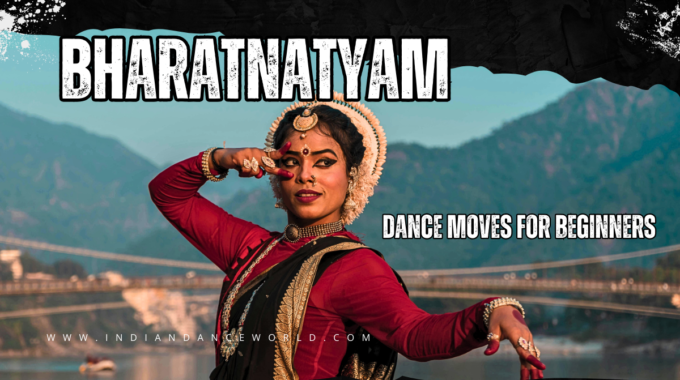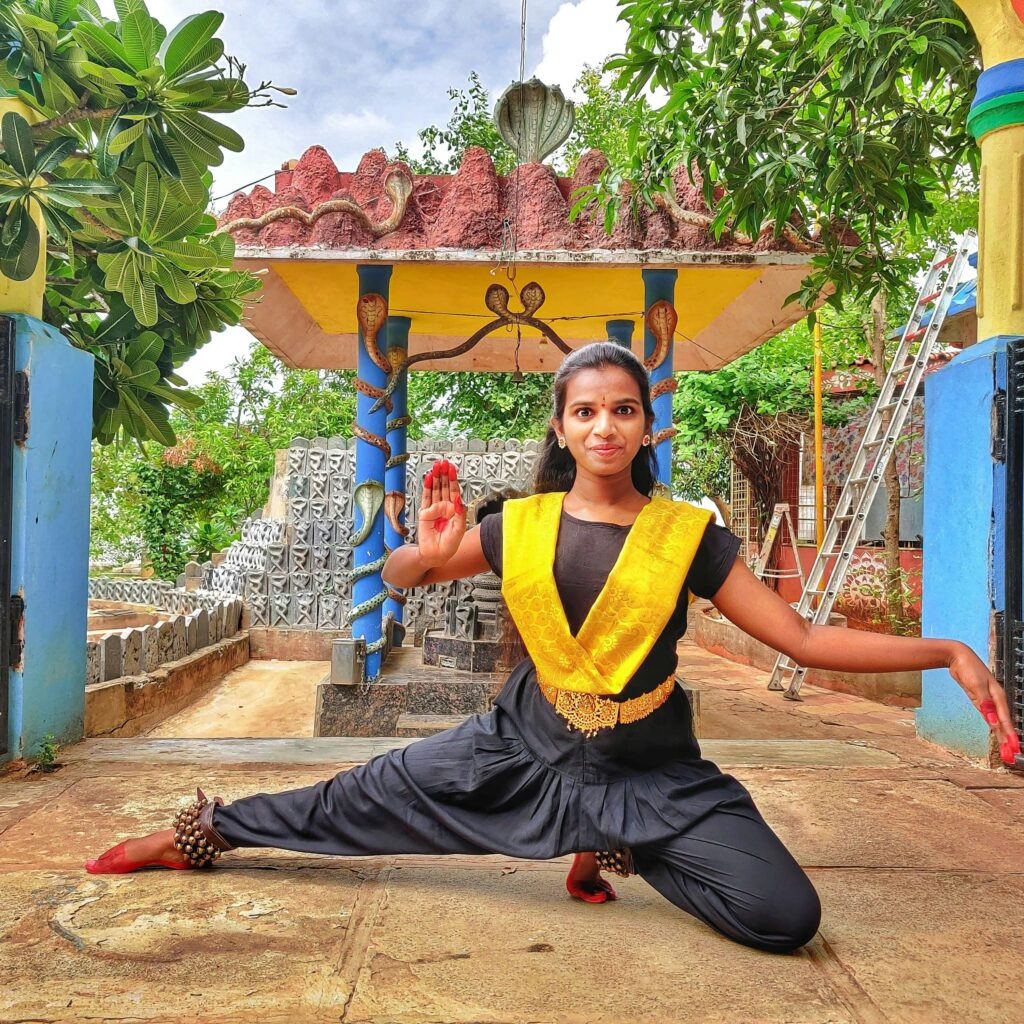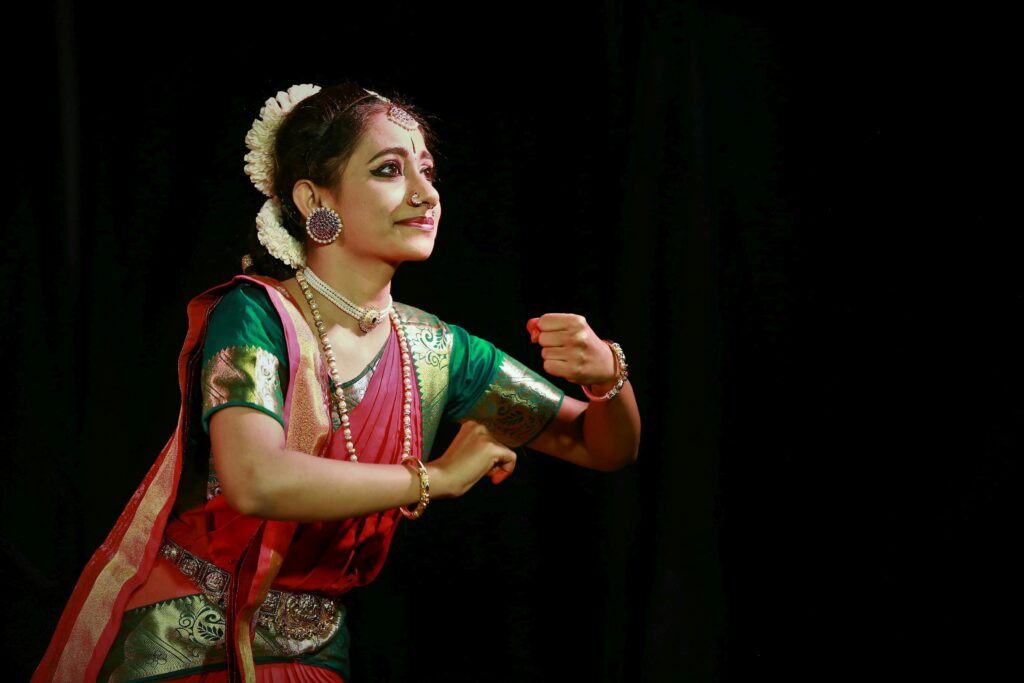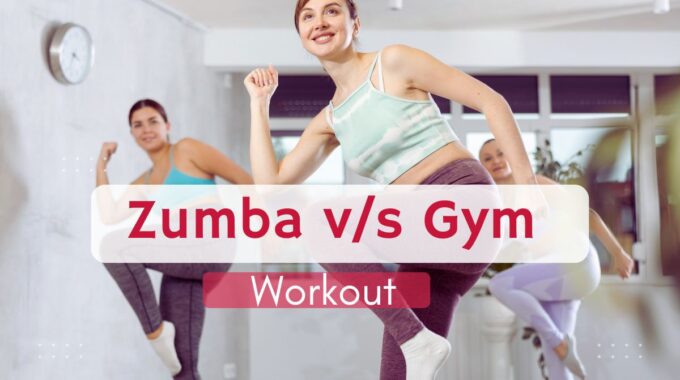Weight loss is challenging for many. When it comes to losing weight exercise plays a…

10 Basic Dance Moves for beginners of Bharatanatyam
If you or your child is passionate learning dancing, Bharatnatyam is a great way to teach flexibility, balance, coordination, morals, values, and more.
Bharatnatyam is one India’s oldest classical dance forms, rich in cultural and traditional significance. For beginners, mastering Bharatanatyam steps for beginners is important as they lay the foundation for more refined moves and expressions.

If you are thinking about How to learn Bharatnatyam at home, with tailored online Bharatnatyam classes, you can master the basic dance moves with perfection. The online classes are designed to teach you or your child the basic bharatnatyam dance moves from the comfort of your home.
Here are the 10 basic dance moves for beginners of Bharatanatyam Dance-
- Sampada (Basic Standing): Sampada is the basic standing position in Bharatnatyam. In this position the dancer stands upright with feet together, heels touching and toes pointing outward for form a ‘V’ shape. This spine straight position with relaxed shoulders and chest lifted slightly exudes grace and confidence.
- Natyarambha (Dance Ready Position): Natyaramba, a dance ready position in Bharatnatyam is the foundation step that signifies the preparedness of the dancer to begin the performance. In this position, the feet are placed shoulder-width apart, with knees bent outward in Aramandi – half-sitting posture. The arms are extended gracefully to the sides at shoulder height, with elbows bent slightly and hands forming specific Mudras like Katamukha. The back remains straight, chest is lifted and head is held upright, exuding focus and confidence. This basic dance ready position resonate balance, poise and readiness.
- Aramandi (Half-Sitting Posture): Aramandi is referred as the basic stance of Bharatnatyam. This semi-squatting position forms the base of most dance movements. In this position one need to stand with their feet slightly apart, bend their knees outward, forming a diamond shape. The dancer in Aramandi position must keep their back straight and arms stretched out with their toes pointing outward. This position enhances balance, building strength in the thighs and calves.
- Tatta Adavu (Basic Stamping Step): When starting Bharatnatyam dance, it is advisable to master Tatta Adavu step. This is the basic stamping step which involves simple foot tapping patterns blended with specific hand gestures. The dancer will begin in Aramandi step, lift their heel slightly and tap the ball of their foot on the floor in the rhythm. Using their hands the dancers will display Mudras of hand gestures. The purpose of the Taata Adavu step is to enhance your foot strength and familiarize with rhythm.
- Natta Adavu (Stretching Step): This is a basic stretching step that helps the dancers and learners in understanding rhythm and coordination. These steps blend hand gestures, posture and footwork. To perform this step, the dancer needs to stand in Aramandi and perform the rhythmic movements by tapping their feet alternatively on the floor. They will have to synchronize hand gestures like Pataka or Alapadma with their footwork. The aim of this step is to develop coordination between hands, feet and the eyes.
- Visharu Adavu (Diagonal movement): It is the foundation sequence that exudes graceful, sweeping motions in a diagonal direction. In this step, the dancer moves diagonally while maintaining the Aramandi posture. The foot work involves alternate steps that are coordinated with sweeping arm gestures like Alapadma and Katakamukha. The dance movements are executed with precision and rhythm, creating a visual flow that boosts the artistic appeal of the dance. This dance move is used often to transition between poses or part of expressive storytelling sequences.
- Kudittametti Adavu (Jumping Step): When planning to learn Bharatnatyam online free, it is important to follow the tutorial that help the learner master the basic dance moves. This step blends jumping and stamping movements, adding dynamism to the routine. The dancer will have to dance straight, then jump lightly, landing in Aramandi. They have to stamp their right foot followed by their left foot and incorporate the hand gestures. The purpose of the Kudittametti Adavu is to build stamina, adding energy to performances.
- Mandi Adavu (Kneeling Movement): Mandi Adavuis a unique sequence that highlights the agility and strength of the dancer. The dancer performs rhythmic movements while transitioning to a kneeling posture. The dancer starts in Aramandi position and lowers them gracefully onto one knee and alternates between knees while maintaining balance and rhythm. The hand gestures are synchronized with the footwork to enhance the visual narrative. This basic dance move requires precision, stamina and flexibility on the part of the dancer, making it visually striking and dynamic element of this dance form. With simple Bharatanatyam steps tutorial one can easily master this step.
- Alidha Pose (Extended Pose): Alidha Pose is a dynamic posture that exudes readiness and strength. In this basic step, one leg is bent forward in a pounce position with the other leg stretched straight back, maintaining balance and a firm foundation. The torso is slightly turned, with arms extended, one pointing forward and other backward, depicting a bow-like posture that symbolizes warrior like energy. The head and gaze align with the forward pointing arm, emphasizing focus and determination. This pose is used to portray valor and action, a posture often seen in sequences depicting battle or heroic characters. The online Bharatanatyam beginner guide will help the learner maser this move easily.
- Hastas (Hand Gestures): Hasta Mudra, also called as Anjali Mudra is the hand gestures in Bharatanatyam that communicate stories and emotions. The dancers bring their palms together at their chest for Anjali Mudra showcasing salutation. The other Hastas include Pataka, Tripataka, and Katakamukha. The purpose of hand gestures in this dance form is to strengthen hand coordination and introducing expression.

Learning Tips for the Beginners including kids
The online Bharatanatyam basics for kids and adults offer important learning tips, helping them to master the move easily. The tips include-
- Regular practice by dedicating consistent time to perfect each move.
- It is important to focus on the posture, maintaining straight back and steady stance.
- Learning under a qualified dance instructor help master accurate basic moves. Many online dance classes offer sessions for the kids and beginners to master the basic Adavus in Bharatnatyam.
- Bharatnatyam prioritizes grace. It is important the dancer learns to execute the moves with elegance.
The 10 basic moves of the Bharatnatyam are important for building strong foundation of this classical dance form. With regular practice and tutoring from online Bharatanatyam choreography, beginners can master these steps and progress to more advanced techniques.


